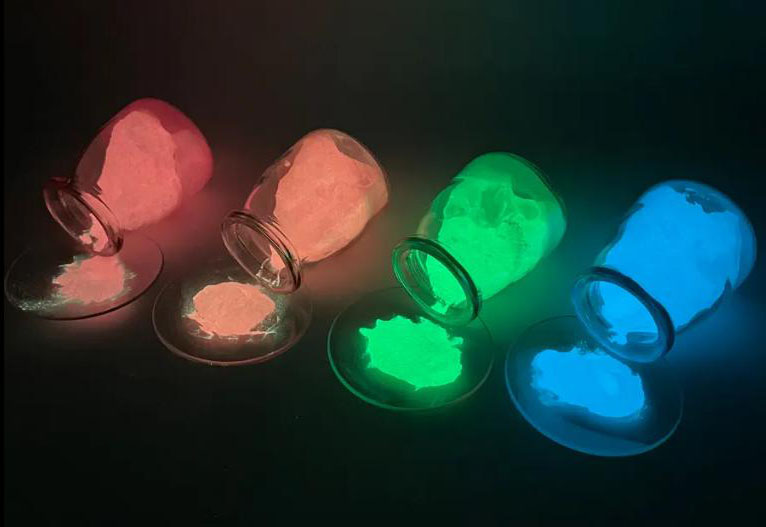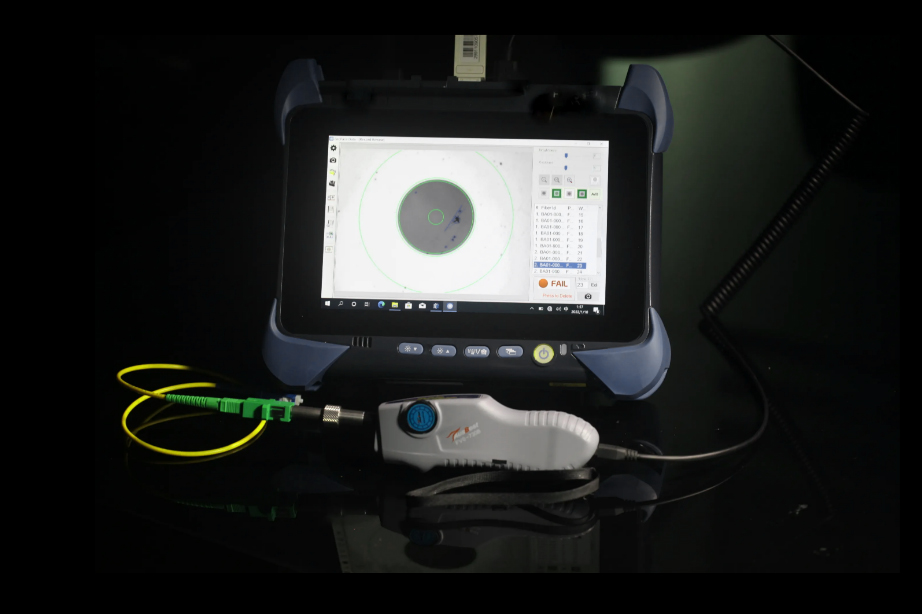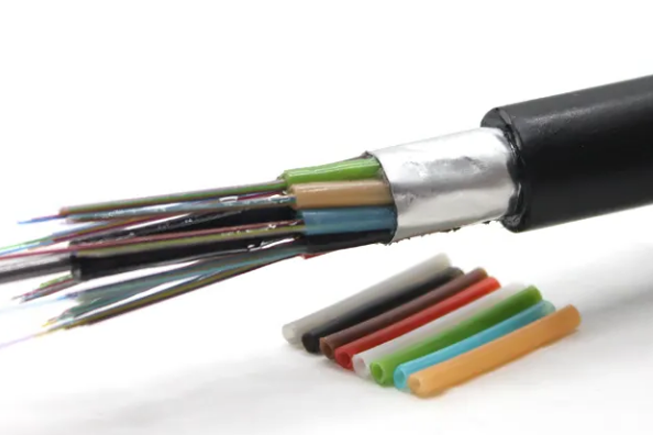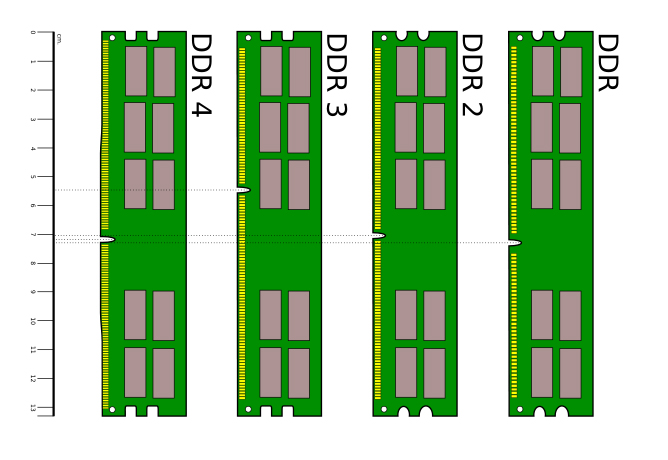
Fiber Optic Cable Testing 101: Tools, Techniques, and Industry Standards
As demand for high-speed, high-bandwidth internet connectivity continues to soar, fiber optic networks play a crucial role in meeting this need. These networks' core are fiber optic cables, the critical pathways for data transmission. Ensuring these cables perform reliably requires regular testing. In this article, we explore why fiber optic cable testing is essential, delve into three key testing methods, and explain how to determine the best approach for your needs.
Why Testing Fiber Optic Cables Matters?
Regular testing of fiber optic cables is not just a preventive measure; it’s an investment in the longevity and efficiency of your network. It helps minimize downtime, reduce maintenance costs, and support system upgrades or reconfigurations. By identifying potential issues early, you can enhance your network infrastructure's overall reliability and performance.
Three Key Methods for Testing Fiber Optic Cables
1. Visible Light Source Testing
Visible light source testing is a straightforward way to check the continuity of fiber optic cables. Since fiber optic transmissions typically operate in the infrared spectrum (invisible to the naked eye), visible light sources such as visual fault finders or visible fault locators can be used to pinpoint issues.
Steps for Visible Light Source Testing:
- Connect a visible light source (such as a fiber optic flashlight) to one end of the cable.
- Check for light at the opposite end—but avoid looking directly into the active fiber as it can harm your eyes.
- There may be a break or fault in the cable if no light is visible. The glowing red light from the fault often pinpoints its exact location.
- Document the findings for further analysis.
This method is ideal for quick fault identification but does not provide detailed metrics about signal quality or loss.
2. One Jumper Method
The one-jumper method (Power Meter and Light Source Testing) is highly accurate for measuring signal attenuation (signal loss) across fiber optic cables. Industry standards like TIA/EIA provide strict limits for attenuation at connector pairs and splices:
| Element | Insertion Loss Limit |
| Connector Pair | <0.75 dB at all wavelengths |
| Splice | <0.3 dB at all wavelengths |
To ensure your fiber optic link meets these standards, compare your test results against the calculated link attenuation allowance using this formula:
Link Attenuation Allowance (dB) = Cable Attenuation Allowance (dB) + Connector Insertion Loss Allowance (dB) + Splice Insertion Loss Allowance (dB)
Steps for Power Meter Testing:
- Disconnect active equipment and calibrate the tools based on manufacturer instructions.
- Use a power meter and light source set to the appropriate wavelength (e.g., 1310 nm for single-mode or 850 nm for multimode fibers).
- Measure the reference power level (Pref) using a test jumper.
- Connect the light source and power meter to the fiber segment, record the test power (Ptest), and calculate attenuation: Attenuation (dB)=Pref−Ptest
- Compare the results to the TIA/EIA limits and document the findings.
3. OTDR Testing
An Optical Time Domain Reflectometer (OTDR) is a versatile tool for identifying cable issues. It measures the length, attenuation, and events (e.g., splices, stress points, or breaks) along a fiber optic line. By sending pulses of light through the cable and analyzing the reflections, the OTDR generates a graphical representation of the cable’s performance.

Key Features of OTDR Testing:
- Displays a graph that maps power levels against distance, helping to pinpoint faults or high-attenuation areas.
- Suitable for troubleshooting and maintenance, though it is less accurate for measuring attenuation compared to the power meter method.
- Can test from one end of the fiber, making it practical for inaccessible installations.
While not as precise for measuring signal loss, OTDR testing is invaluable for diagnosing complex issues quickly.
Choosing the Right Testing Method
Each testing method offers distinct advantages depending on the situation:
- Visible Light Source: Best for quickly identifying faults or breaks in the cable.
- One Jumper Method: Ideal for accurately measuring signal loss and verifying installation quality.
- OTDR: Excellent for troubleshooting and creating detailed event maps of the cable’s performance.
For comprehensive maintenance and troubleshooting, using a combination of all three methods ensures both accuracy and efficiency.
Conclusion
Testing fiber optic cables is an essential part of maintaining a reliable network. By implementing regular testing with visible light sources, power meters, and OTDRs, you can ensure the longevity and performance of your fiber optic system. Each method addresses different needs, and their combined use provides a thorough diagnostic approach.
When you need expert advice or solutions for your fiber optic testing needs, Stanford Optics is here to help. As leaders in optical technology, we’re dedicated to supporting your network’s success with innovative tools and reliable services.




